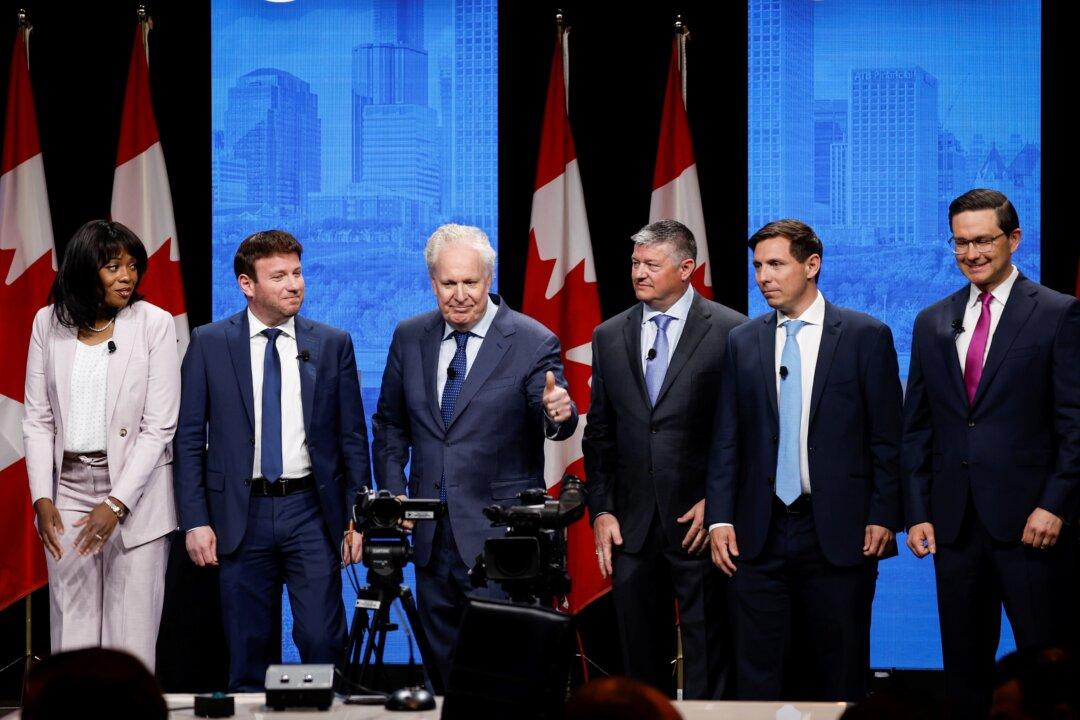Commentary
If I had to describe the second debate among the leadership contenders for the Conservative Party of Canada (CPC) in one word, it would be “weird.”

If I had to describe the second debate among the leadership contenders for the Conservative Party of Canada (CPC) in one word, it would be “weird.”